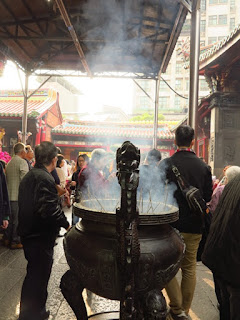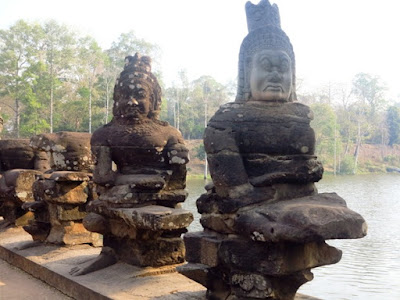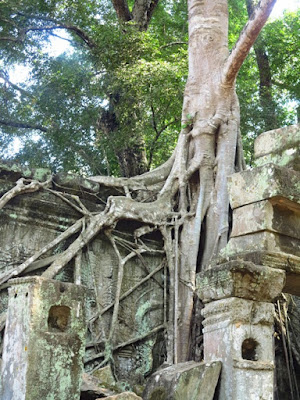Hurricane
Harvey affects air travel
Hurricane Harvey has caused immeasurable damage and
heartbreak in coastal Texas. Even if you don’t live in that part of the
country, the winds and rain could affect your travel plans. More than 1,500
flights to and from Houston were canceled Monday, and weather will continue to be
a factor in airport closures and flight cancellations. If your flight is
canceled or delayed, talk to the airline.
Houston Intercontinental Airport is a hub for
United, so many of the affected flights were on that airline, including those
where Houston was just a layover stop. Flights will not resume until at least
noon Thursday, according to airport spokesman. United has generously offered to
waive any change fees and differences in fares for new flights that had been
scheduled to fly to, from or through Austin, Brownsville, College Station,
Corpus Christi, Harlingen, Houston, McAllen, or San Antonio in Texas or the
Louisiana cities of Baton Rouge, Lafayette, Lake Charles, New Orleans, or
Shreveport between August 25 and September 5.
Check for details at www.united.com/CMS/en-US/travel/news/Pages/travelnotices.aspx
Southwest, the low-cost Dallas-based airline, is another major airline serving the affected part of Texas. It has suspended all flights to and from
Houston Hobby Airport through at least Thursday. Flexibility for flight changes
to Houston, Austin, Corpus Christi and San Antonio is in effect through Friday,
September 1. Find updates at www.southwest.com
As of Monday afternoon, Corpus Christi, San Antonio,
and Austin airports were offering regular service and might be options if you
absolutely must travel to that part of Texas. Plan to arrive early at any of
these airports—up to two hours for a domestic flight—so the airlines can work
with you to find the best options. As always, be sure to check your flight
status before leaving home.
Southwest
adds nonstop destinations from ABIA
Starting April 8, 2018, Southwest Airline will add nonstop service to San Francisco and Sacramento,
California. Service will be provided once daily each way for each destination
city. On the same day, Southwest will also begin Sunday-only nonstops to
Indianapolis. Nonstop flights are always good news for Austin travelers who can
match their travel schedules to the offered flight times. Check www.abia.org for details.





























